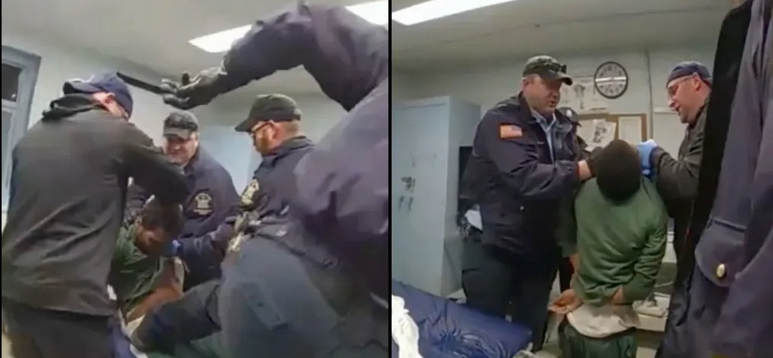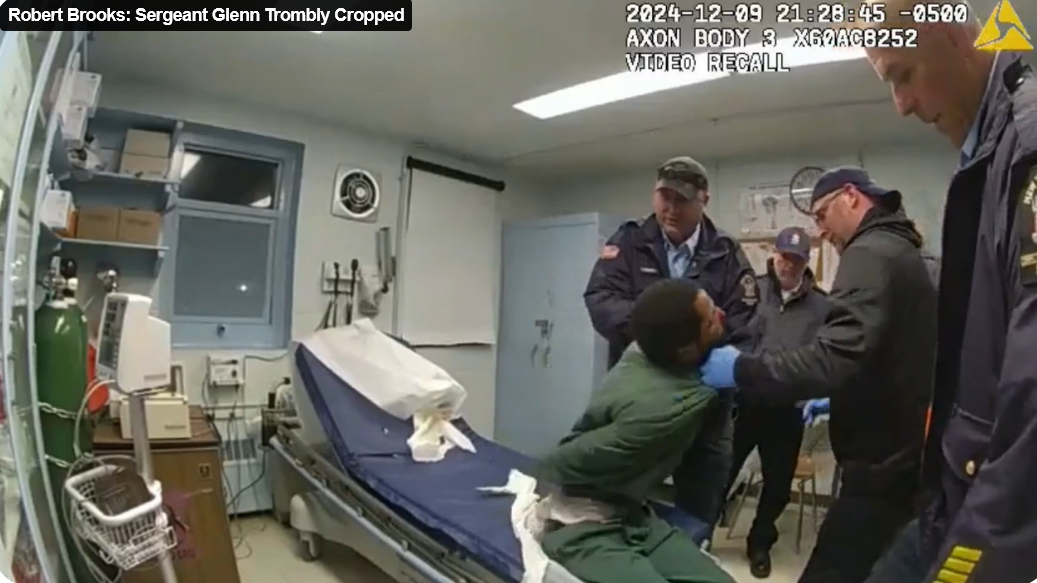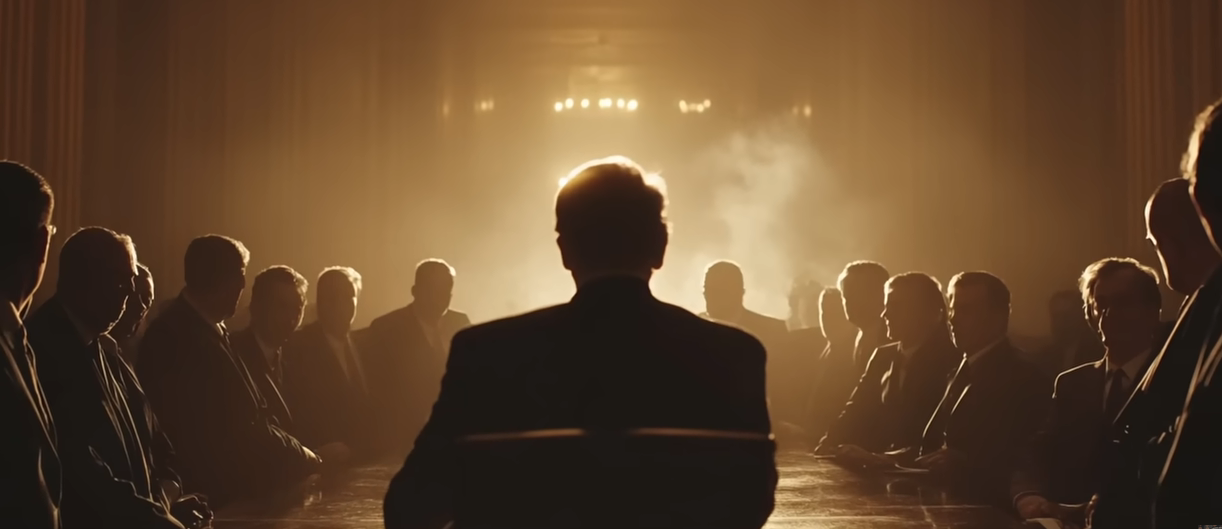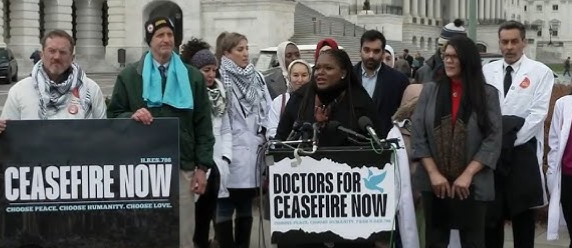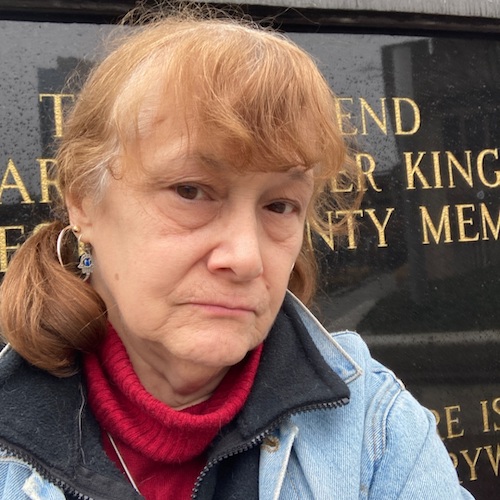Photos: ACLU\Twitter
The Los Angeles Police Department authorizes its officers to engage in extensive surveillance of social media without internal monitoring of the nature or effectiveness of the searches, according to the results of a public records request filed by the Brennan Center.
And beginning this year, the department is adding a new social media surveillance tool: Media Sonar, which can build detailed profiles on individuals and identify links between them. This acquisition increases opportunities for abuse by expanding officers’ ability to conduct wide-ranging social media surveillance.
This has serious implications for people’s privacy and First Amendment rights, especially for communities of color and activists. Social media surveillance can facilitate surveillance of protest activity and police presence at protests, which can chill both online and offline speech. Further, the highly contextual nature of social media also makes it ripe for misinterpretation.
The documents we’re releasing were obtained as part of our effort to increase transparency and accountability for how police monitor people on social media. To that end, we filed public records act requests with the police in Los Angeles and other major cities.
Among the LAPD documents, the department’s 2015 Social Media User Guide shows that the department encourages social media monitoring but has issued little guidance and imposed minimal oversight over officers’ surveillance on social media platforms. The department allows officers to create a “Fictitious Online Persona” and use the personas for numerous purposes.
Few limitations offset this broad authority: officers need not document the searches they conduct, their purpose, or the justification. They are not required to seek supervisory approval, and the guide offers no standards for the types of cases that warrant social media surveillance. While officers are instructed not to conduct social media surveillance for personal, illicit, or illegal purposes, they seem otherwise to have complete discretion over whom to surveil, how broadly to track their online activity, and how long to monitor them.
In the same policy, the department encourages social media “listening,” which is broadly defined.
The policy also imposes no limits upon this “continuous” monitoring and does not require oversight to determine whether it is being deployed inappropriately or discriminatorily.
Despite endowing its officers with broad authority to surveil social media, the LAPD has done little to ensure these powers aren’t abused. According to a letter responding to our records request, it does “not track what (if anything) [its] employees monitor[]” on social media sites and “has not conducted any audits regarding the use of social media.”
This disparity between what officers can do and how closely they are overseen is likely to grow with the rollout of Media Sonar, which markets itself as a powerful surveillance tool.
Documents also show that the LAPD instructs its officers to broadly collect social media account information from those they encounter in person using field interview (FI) cards.
Apparently, nothing bars officers from filling out FI cards for each interaction they engage in on patrol. Notably, our review of information about FI cards in 40 other cities did not reveal any other police departments that use the cards to collect social media data, though details are sparse.
These cards facilitate large-scale monitoring of both the individuals on whom they are collected and their friends, family, and associates — even people suspected of no crime at all. Information from the cards is fed into Palantir, a system through which the LAPD aggregates data from a wide array of sources to increase its surveillance and analytical capabilities.
Palantir facilitates officers’ ability to search through data the department collects or purchases. For example, when an officer identifies a “person of interest” in a criminal investigation, Palantir can be used to obtain a map of their movements and personal relationships, checking DMV records, license plate reader data, employment data, arrest records, field interview card data, and other sources. When an officer seeks information about a particular location, the system can use a similar process to identify those who are routinely in the area by virtue of their work, residence, or documented encounters with police.
Critics have pointed out that Palantir allows users to map and monitor vast networks of individuals, which raises concerns that the LAPD will use it to continue its practice of identifying people as gang members based on false or tenuous evidence. These harms are likely to be magnified by Palantir’s focus on mapping individuals’ personal networks. One individual identified as a gang member, even inaccurately, becomes a gang “connection” for the people they know online and off, creating widening circles of ostensible gang members based on faulty and increasingly far-removed evidence. The platform’s emphasis on networks also encourages ever-broader surveillance dragnets under the theory that anyone’s data could be used to solve a future crime.
These practices — along with the LAPD’s plans to expand its monitoring capabilities using Media Sonar — would be troubling in any police department. The LAPD is not just any police department, however. It has a history of monitoring minority and activist communities. In 2016, as new documents disclosed to the Brennan Center reveal, the department used Dataminr to monitor protests.
Additional new documents reveal the LAPD used another third-party vendor, Geofeedia, to search social media for information about Black Lives Matter activists and protests against police violence, using numerous hashtags to identify their posts.
(Facebook and Twitter cut off Geofeedia’s access to their data once it was revealed how police were using it.) By contrast, the Department monitored a single political hashtag (#fuckdonaldtrump) and a single gang-related hashtag (#100days100nights).
The broad use of social media and the lack of oversight accompanying it, as these new documents put into high relief, is a matter of significant concern. Law enforcement should not have a free pass to broadly trawl the internet without accountability or oversight. Communities in Los Angeles and elsewhere must demand transparency in and limits around social media monitoring practices.

